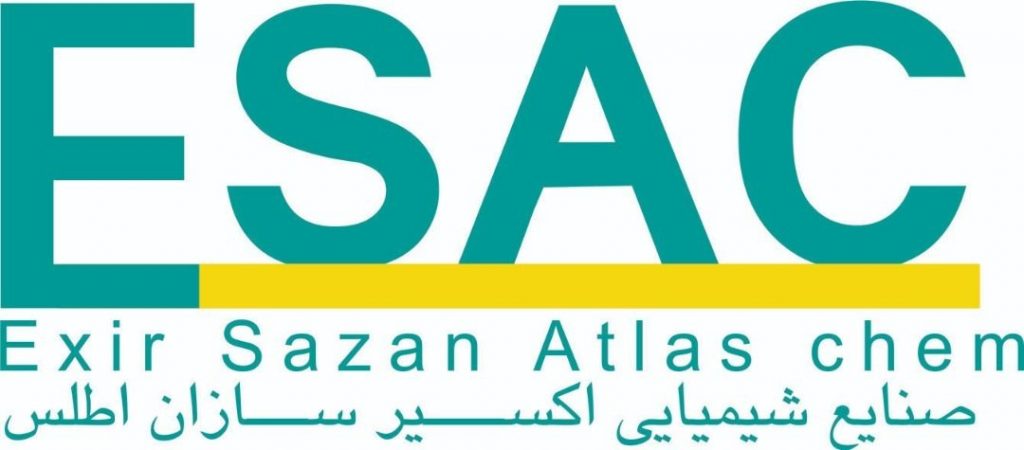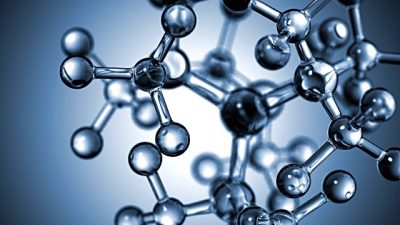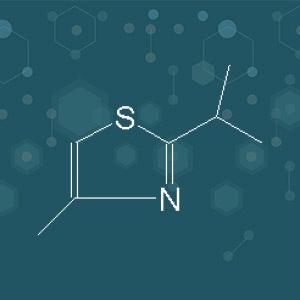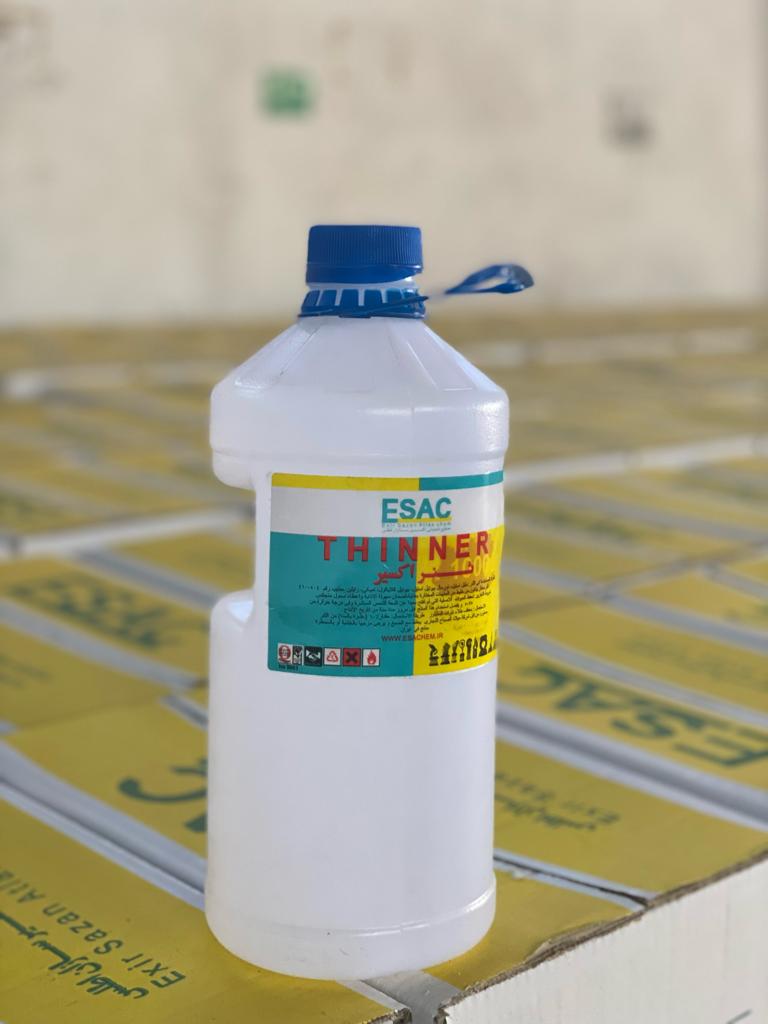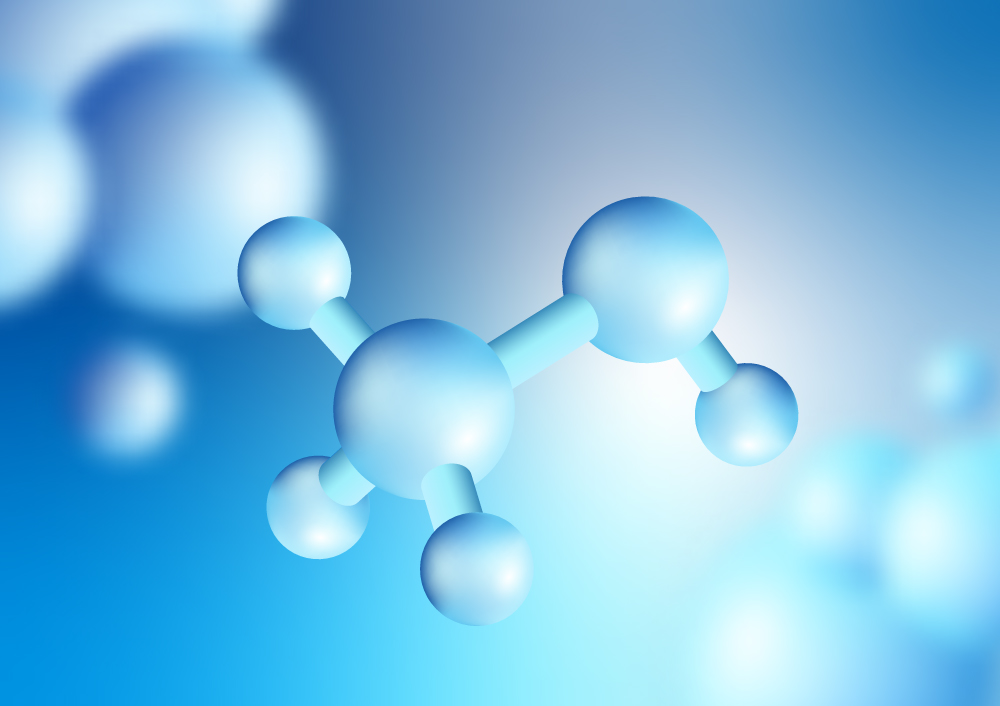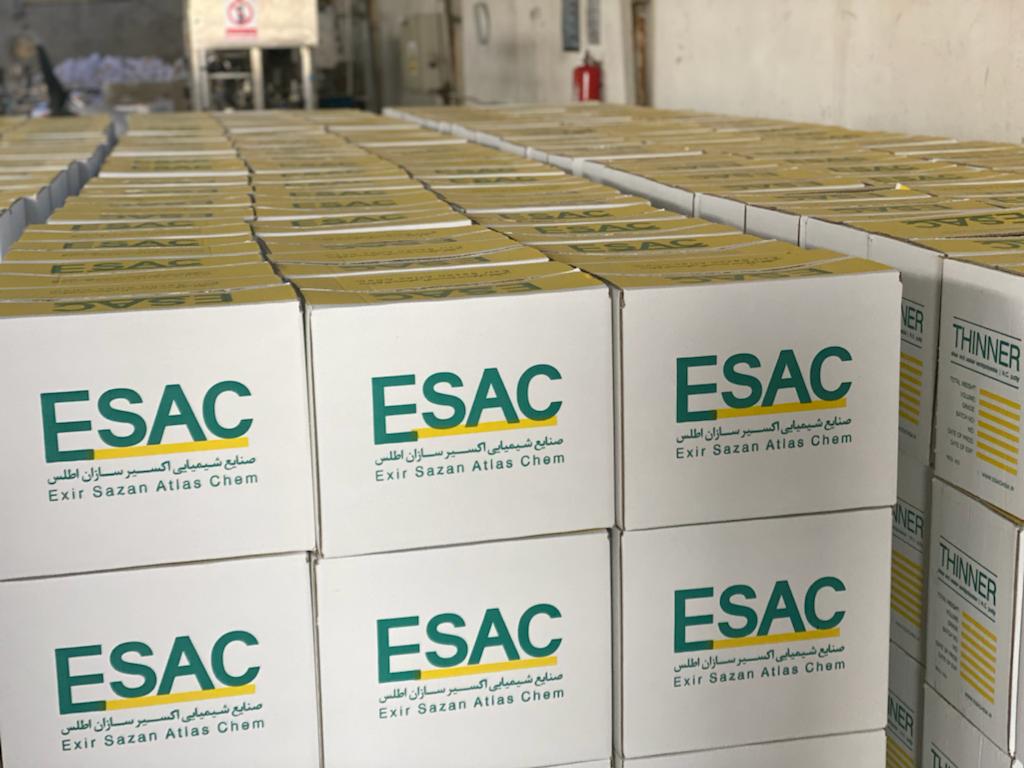Methyl Acetate
Methyl acetate is a neutral, colorless (transparent) liquid belonging to the ester family. This substance is free of volatile organic compounds, is flammable, and has low toxicity; it has an odor similar to glue and acetone.
This substance is unstable in strong acidic or basic solutions and is also free of volatile compounds.
The high evaporation rate of methyl acetate is similar to that of acetone, but it is more flammable and more cost-effective than acetone, which is why it is often considered a suitable substitute for acetone.
In the chemical market, methyl acetate is also known by names such as acetic acid, methyl ester, and methyl.
Methyl acetate easily dissolves in common organic solvents, including alcohols, ketones, esters, and glycols. Its solubility in water at room temperature is good, but it is better to use heat to dissolve it in water, as its solubility increases with higher temperatures.
This substance is not considered an air pollutant, and as such, methyl acetate is also referred to as an environmentally friendly solvent.
Methods of Methyl Acetate Production:
There are various methods for producing methyl acetate. It can be produced through the carbonylation of methanol as a byproduct of acetic acid production. Additionally, another production method involves the esterification of acetic acid with methanol in the presence of strong acids such as sulfuric acid. In the presence of strong bases or acids like sodium hydroxide, hydrochloric acid, or sulfuric acid at high temperatures, it reverts to methanol and acetic acid.
The general production process involves adding specific quantities of alcohol and acetic acid to a reactor with a conical bottom. The mixture is then stirred at a temperature between 50-60°C. The reaction completes fully in about 10 hours, and the final product is transferred to a storage tank.
One of the challenges in producing high-purity methyl acetate is the azeotropes formed by acetic acid, water, and methanol. These azeotropes reduce the purity of the reaction due to their physical properties and prevent further purification through distillation in a single column.
Due to the challenges in methyl acetate production, newer methods have recently been developed using solid acids, such as acidic ion-exchange resins, instead of sulfuric acid. These offer advantages, including reduced production line costs, fewer side reactions that cause less corrosion in refinery equipment, and prevention of significant pollution.
Applications of Methyl Acetate:
Methyl acetate has numerous and varied applications in industrial, commercial, and domestic uses. The most familiar domestic use is as a nail polish remover and paint thinner.
Some industrial and commercial applications include:
- Use in laboratories for cleaning.
- Used as a food additive to enhance flavor.
- Widely used in the production of synthetic leather.
- Used in electronic products.
- Application in the textile industry.
- Used in various industrial coatings and furniture finishes.
- Used in quick-drying paints, such as nail polish.
- Used in the production of various lubricants.
- Used in paint removers.
- Used for the biodegradation of organic materials.
Safety and Environmental Considerations for Methyl Acetate:
Due to its high flammability (it can ignite suddenly at -10°C), methyl acetate is highly hazardous. In case of a fire, water may not be sufficient to extinguish it, and carbon dioxide may also be needed to suppress the fire.
These substances are relatively toxic and volatile, and due to their high volatility and flammability, strict safety precautions must be observed during handling. When exposed to methyl acetate, a decomposition process occurs, releasing toxic and hazardous gases that may cause drowsiness, dizziness, or even severe eye damage. Therefore, extreme caution is required when working with this substance. It is best to handle it under a strong fume hood and use protective gloves, safety goggles, and a mask. This substance is highly sensitive to environmental heat and atmospheric conditions, and in the presence of heat or high atmospheric concentration, it decomposes rapidly, potentially leading to an explosive reaction.
After each use, immediately seal the container tightly and store it in a cool, dry place away from other reactive substances. The main routes of exposure to the body are inhalation, eye contact, ingestion, and skin contact. In case of eye contact, rinse the eyes with plenty of water for 30 minutes and seek medical attention immediately. In case of skin contact, remove contaminated clothing and wash the affected area thoroughly with soap and water. If inhalation of its vapors occurs, immediately move the person to fresh air, and if breathing difficulties persist, seek medical attention promptly. In case of ingestion, contact emergency services immediately.
Conclusion:
Given the widespread use of this substance and its growing demand in various domestic, industrial, and commercial sectors, Atlas Exirsazan Company, an active producer in this field, utilizes advanced equipment compliant with global standards and relies on the technical expertise of its specialists to produce high-quality products. While meeting domestic market demands, the company has achieved significant growth in exports.
